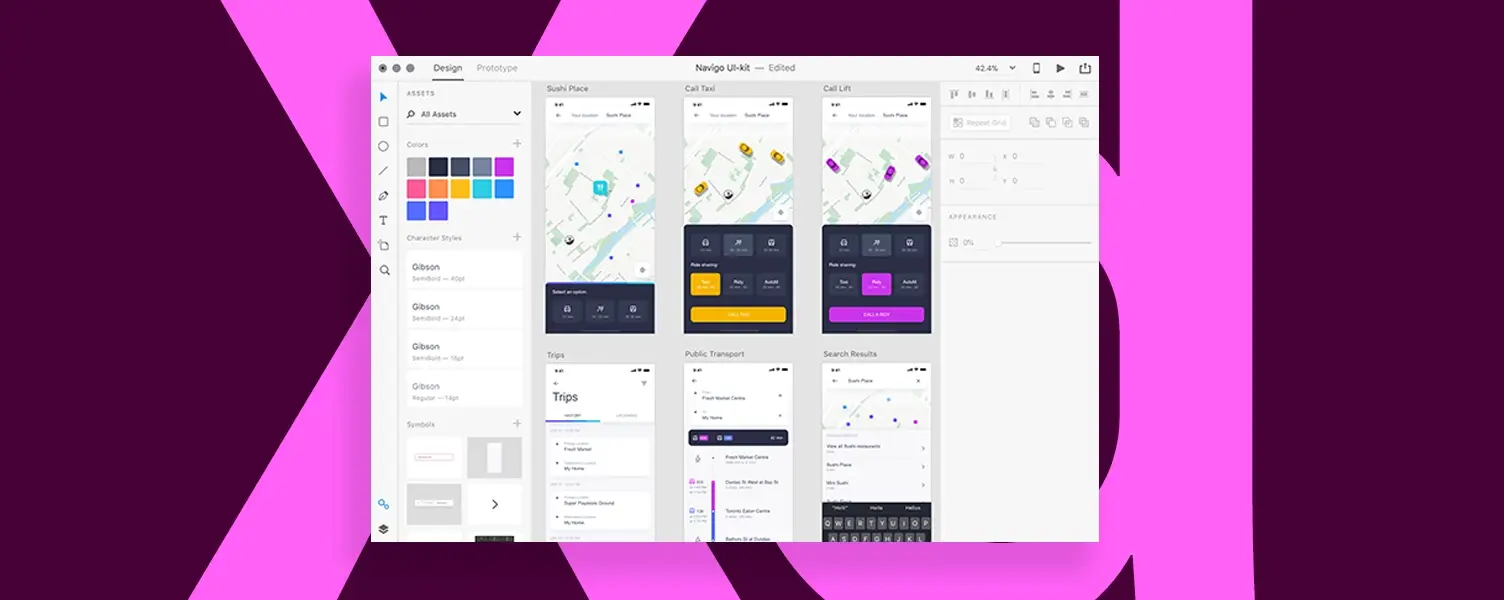
In a recent revelation that has sent ripples through the tech and design communities, Adobe has confirmed that it will cease any further investment in Adobe XD, its once-flagship vector design tool for web and mobile app development. This announcement comes on the heels of Adobe’s failed attempt to acquire Figma, a direct competitor and leading force in the UX/UI design niche, for a staggering $20 billion—a bid that was ultimately dismantled by intense regulator scrutiny over monopoly concerns.
The journey to this juncture has been fraught with ambition, regulatory roadblocks, and ultimately, irony. Adobe’s bid for Figma in September 2022 was meant to be a bold move to consolidate its leadership in the design world. However, similar to Nvidia’s experience, the intense scrutiny from antitrust authorities, including the Department of Justice (DoJ), European Commission, and the UK’s Competition and Markets Authority, proved too formidable. Adobe, conceding to the regulatory pushback, announced in December 2023 that both companies would proceed independently, leaving Figma with a hefty $1 billion termination fee and an open field as a monopoly in the UX niche.
Adobe’s strategic pivot away from XD was not abrupt. The design tool had been relegated to “maintenance mode” since May of the previous year, a move some speculate was in anticipation of a successful Figma acquisition. Adobe’s website now starkly outlines XD’s future—or lack thereof—stating, “We’re not investing in ongoing development or shipping new features within the product.” This cessation is underscored by the dissolving of the XD team, a poignant end to Adobe’s ambitions in the UX/UI space.
The implications of this decision are manifold. For Adobe, it signals a retreat from an area where it once sought dominance. For the market, it presents a peculiar scenario where Figma, once the target of acquisition, emerges not just unscathed but arguably strengthened, standing as the premier tool for UX/UI design with little to no competition. Critics and developers alike note the irony in this outcome, as Adobe’s attempt to prevent a Figma-led monopoly inadvertently solidified it.
This development has elicited mixed reactions from the developer community. While some express relief over the preservation of competition and innovation, others lament the potential monopolistic pricing and practices that could ensue. Figma’s position as a standalone entity now carries the weight of market expectations, with its pricing strategy and product innovation under the microscope more than ever.
Adobe’s disinvestment in XD sheds light on broader industry trends, where consolidation attempts are increasingly colliding with regulatory efforts to preserve market diversity and competition. Dana Rao, Adobe’s general counsel, previously remarked on XD’s modest revenue contributions, highlighting the challenges of sustaining investment in tools that face stiff competition and limited market share.
As the dust settles on this saga, the design and development communities are left to navigate a new landscape. Figma’s monopoly status presents both opportunities and challenges. For designers, the platform’s continued independence is a boon for innovation and choice. However, the absence of a robust competitor like Adobe XD raises questions about future pricing structures and product diversity.
In conclusion, Adobe’s cessation of investment in XD marks a significant shift in the UX/UI design tool market. Figma’s emergence as the undisputed leader underscores the dynamic interplay between market ambitions, regulatory oversight, and the tech industry’s ever-evolving landscape. As Adobe refocuses its strategy, the design world watches closely to see how Figma will wield its newfound autonomy and market dominance, heralding a new era for UX/UI design tools amidst a backdrop of unexpected outcomes and industry-wide introspection.



